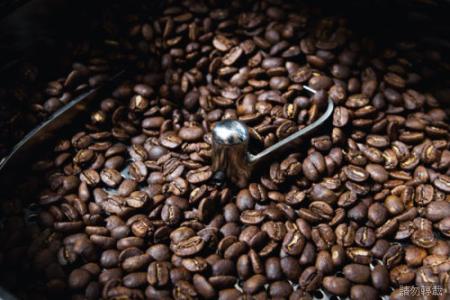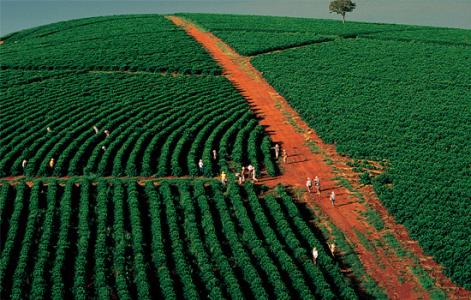Introduction to the flavor description of Ethiopian Sidamo coffee beans with excellent growing environment
Coffee originated in Ethiopia in Africa, and then moved to Yemen in the Arab region of the Middle East, so some people call it "Arabica". Then it spread to Java, Indonesia, and from there to Latin America.
The average planting area of each small coffee farmer in Dala, Sidamo Province is about 0.6ha, which is composed of hundreds of coffee growers with an altitude of nearly 2000 meters, a large temperature difference in climate and fertile soil, which provides an excellent growing environment. The raw bean itself exudes a strong aroma of raisins and fermented wine. The nearly yellowish-brown beans are actually small and slender, but the weight on the hands is very solid. After baking, we found that the bright berry aroma, or rich chocolate-like aftertaste, makes this bean have an eye-catching performance, whether it is light baking or deep baking.
The taste of Sidama in the sun is close to the smell of flowers, but it is about a little earthy. Water washing has a nutty fruit aroma with a slight cocoa aroma, but what the two have in common is smooth taste and viscosity, comfortable and pleasant acidity and fragrance. Light or medium roasting is suitable for individual products, while medium or deep roasting is suitable for blending coffee and good Espresso base.
Flavor: medium sweet and sour aromas of sun berries, citrus, slightly fermented fruit, fruit wine.
Palate: comfortable and interesting sour fruit, good sweetness and low thickness.
Baking degree: medium baking

Important Notice :
前街咖啡 FrontStreet Coffee has moved to new addredd:
FrontStreet Coffee Address: 315,Donghua East Road,GuangZhou
Tel:020 38364473
- Prev

Introduction to Arabica hybrid Panamanian honey treated Aishb coffee beans
Rainforest Alliance certified coffee frog beans Rainforest Alliance certification rainforest certification logo has an obvious frog, Rainforest Alliance certified coffee, also known as frog beans, production is rare. Rainforest Alliance RA (Rainforest Alliance) certification refers to a farm that meets the standards set by the Rainforest Alliance, and the Alliance will treat the farm and its surrounding ecosystems
- Next

What are the coffee farms in Brazil-A brief introduction to the producing area of Brand planting Environment
Brief introduction of Coffee Manor-Brand planting Environment in Brazil Coffee was first introduced to Brazil in the early 18th century. In 1727, the Brazilian government sent a personable army officer to secretly bring coffee seeds from French Gaiana to Brazil on the ground of mediating border disputes. it is said that the governor's wife of French Gaiana was so fascinated by the officer that she stole it at a farewell dinner.
Related
- Detailed explanation of Jadeite planting Land in Panamanian Jadeite Manor introduction to the grading system of Jadeite competitive bidding, Red bid, Green bid and Rose Summer
- Story of Coffee planting in Brenka region of Costa Rica Stonehenge Manor anaerobic heavy honey treatment of flavor mouth
- What's on the barrel of Blue Mountain Coffee beans?
- Can American coffee also pull flowers? How to use hot American style to pull out a good-looking pattern?
- Can you make a cold extract with coffee beans? What is the right proportion for cold-extracted coffee formula?
- Indonesian PWN Gold Mandrine Coffee Origin Features Flavor How to Chong? Mandolin coffee is American.
- A brief introduction to the flavor characteristics of Brazilian yellow bourbon coffee beans
- What is the effect of different water quality on the flavor of cold-extracted coffee? What kind of water is best for brewing coffee?
- Why do you think of Rose Summer whenever you mention Panamanian coffee?
- Introduction to the characteristics of authentic blue mountain coffee bean producing areas? What is the CIB Coffee Authority in Jamaica?

